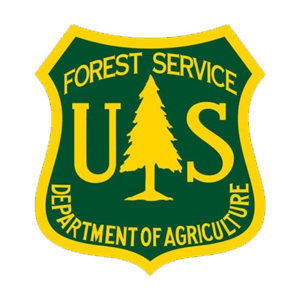BLOG ARTICLES
Navigating with Terrain Features

Many competitors find orienteering to be the most challenging part of the Endeavor Team Challenge. Those that find it challenging likely have the least amount of experience reading a map or using a compass. Unlike running or trekking, which competitors have done all their lives, orienteering while competing in the Endeavor Team Challenge might be their first time encountering this skill.
Navigating with a map and compass has a learning curve that is best overcome with practice, but unfortunately it is not as accessible for most as simply building something like cardiovascular endurance. Figuring out where to start can be difficult and intimidating. Here are two ways to become a more successful navigator that don’t require any skills with using a compass.
Handrails
A handrail is a terrain feature that you can follow to get to your objective location. These are great for navigating because following them will help you to stay on route. Features that could be used as a handrail include roads, streams, power lines, ridges, or cliffs.
To use a handrail, look on your map and identity your location and destination. Now look for features on the map that run parallel to a route you can travel along towards your destination. Sometimes you’ll get lucky and a single handrail will run the entire length of your route, but many times, using a handrail must be combined with other map reading skills such as a catching feature to get to a destination.
Catching features or Backstops
A catching feature or backstop is a feature along a route beyond a sought after point that indicates a target has been overshot. A target could be your actual destination or a point at which your route changes direction. If traveling along a trail or path, a backstop could be a specific bend in the trail, an intersection of trails, or crossing over a stream.
If a catching feature is reached, retrace your route to your target. For this reason, catching features closer to the target are more useful than ones further beyond it.
Bonus
At times you might need to backtrack if you’ve walked too far, especially if you’ve reached your backstop. You might even need to fully retrace your steps if you’ve gotten lost and need to go back to a known location to reorient yourself. Routes often look different from the opposite direction. To make it easier on yourself, periodically look behind you as you’re moving through the terrain and note any features that would make route finding easy on the return.
Learn, practice, and utilize these skills to give you a jump start on learning to orienteer.







